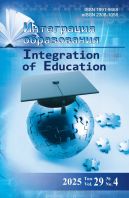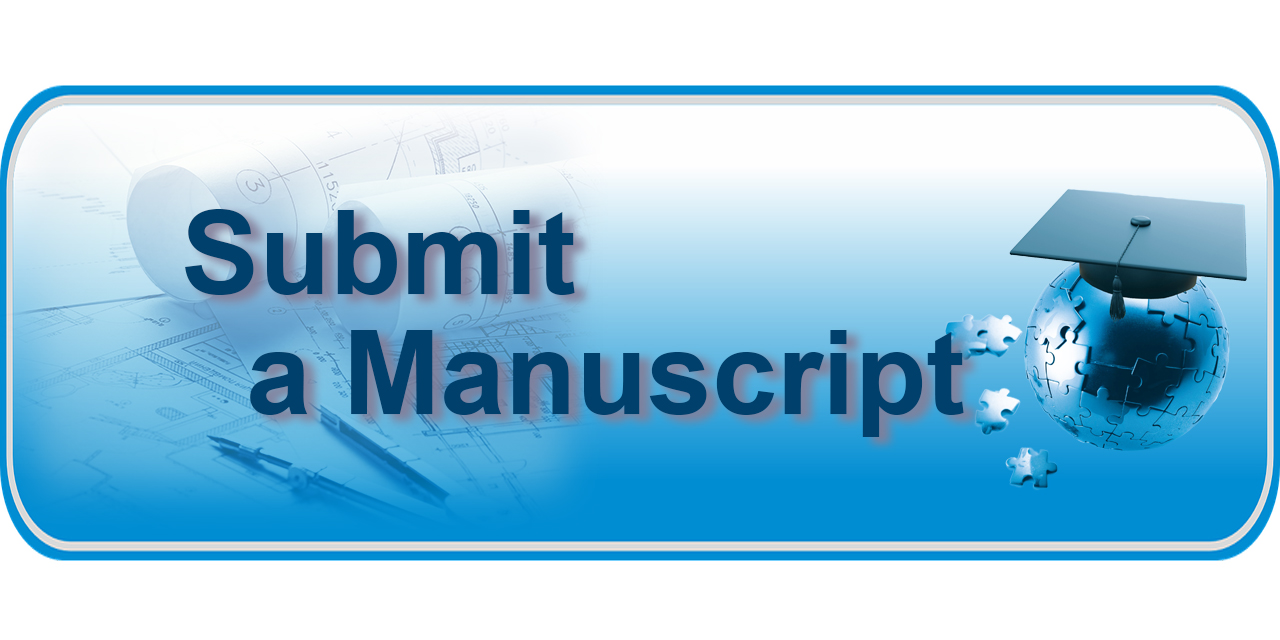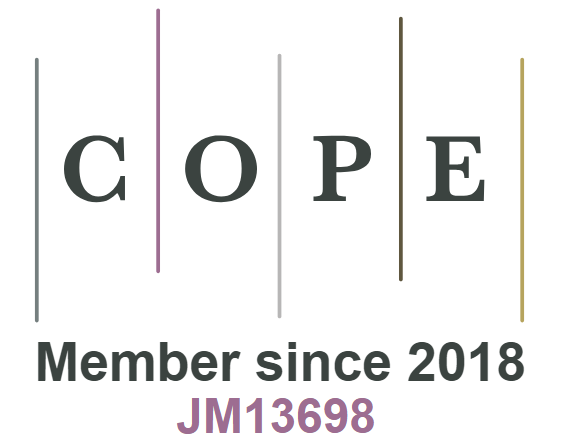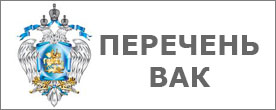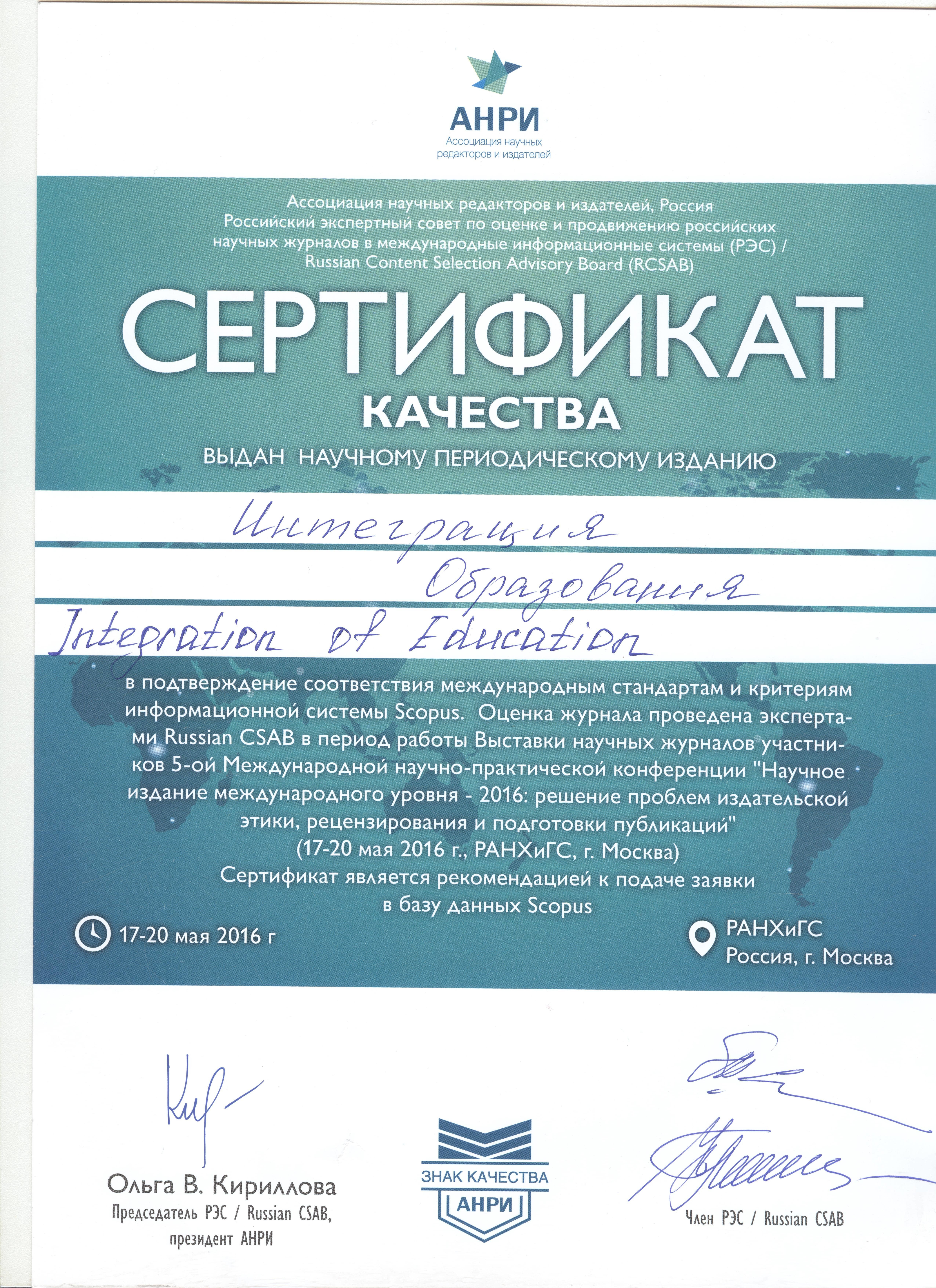Instruction to authors
1. Original scientific articles written in Russian and English are considered for publication. These should correspond to the profile of the Journal and reflect the results of the authors' original scientific research. The optimal volume of an article is 4,000-6,000 words. Submission to the editorial office of previously published articles or articles sent for publication to other journals is not allowed. In the event of simultaneous submission of a manuscript to different journals, the published article will be retracted (withdrawn from print). Monitoring of unauthorised citation is implemented using Antiplagiat and CrossCheck systems. In case of detection of multiple borrowings, the Editors will act in accordance with the COPE rules.
2. Particular attention should be paid to the quality of translation. It is desirable that this be performed by a native speaker of English. Please write your text in good English (American or British usage is accepted, but not a mixture of these). Authors who feel their English language manuscript requires editing, in order to eliminate possible grammatical or spelling errors and conform to contemporary norms of scientific English, may wish to use a language editing service.
We recommend the following services.
- ELSEVIER Language Editing Services
- Wiley English Editing Services
- Scientific Translation Laboratory of Natalia Popova
These companies can provide you with expert assistance to make sure your manuscript is ready for submission.
3. The title of the article should briefly (no more than 10 words) and accurately reflect the content of the article, the subject matter and the results of the conducted research. It is necessary to invest in it the content, scientific interest and uniqueness of the work of the author(s). The title is to be provided in Russian and English.
4. The abstract performs the function of an expanded title and informs readers about the article's content. It should comprise the following sections:
- The Introduction formulates a problem and the purpose of the research.
- Materials and Methods. This section specifies what has served as material for the analysis and describes the research techniques used.
- Results. This is the main section, which aims to confirm or reject a working hypothesis (or hypotheses) by means of analysis, synthesis and elucidation of data.
- Discussion and Conclusions. In this part, the results are to be briefly summarised and the main directions for further research indicated.
The sections of the abstract should be highlighted with the appropriate subheadings and the relevant information presented in these sections. The recommended abstract volume is 200–250 words. The abstract is to be provided in Russian and English.
5. Keywords consist of the search terms used by all bibliographic databases to search for scientific articles by keyword. For this reason, the keywords should reflect the main statements, achievements, results and terminology of scientific research. The recommended number of keywords is 5–10. The keywords are to be provided in Russian and English.
6. Acknowledgments. In this section, mention should be made of people who helped the author to prepare the article and any organisations that provided financial support. Expressing gratitude to anonymous reviewers is considered good form. The acknowledgements are to be provided in Russian and English.
7. The main text of the article is to be presented in Russian or English according to a specific sequence:
- Introduction;
- Literature Review;
- Materials and Methods;
- Results;
- Discussion and Conclusions.
Any relevant subheadings are to be allocated to these sections.
- The Introduction (1–2 pages) must contain the formulation of a scientific problem, stating its relevance, connection with the most important tasks that need to be solved and its importance for the development of a particular branch of science or practice. The introduction should contain information that will allow the results of the study presented in the article to be and evaluated and understood. The author must first of all declare the general research topic and identify problems that have not been solved in previous studies, which this article is intended to solve. In addition, this section expresses the main idea of the publication, which may differ significantly from contemporary ideas about the problem, as well as complement or deepen existing approaches to it; attention is drawn to the introduction of new facts, conclusions, recommendations and patterns into scientific circulation. The purpose of the article follows from the formulation of a scientific problem.
- Literature Review (1–2 pages). Here it is necessary to outline the principal contemporary studies and publications on which the argument relies, state current views on the problem, underline difficulties in developing the topic and highlight unresolved issues within the main problem to which the article is devoted. 20–40 sources should be cited, at least some of which are written in English, and the views of the authors compared. It is important to carry out a comparative analysis that cites existing publications on the stated issues.
- Materials and Methods (1–2 pages). This section describes the process of organising the experiment, the methods applied and any equipment used (including software). It should provide detailed information about the object of study, indicate the sequence of research and justify the choice of methods used (observation, survey, testing, experiment, laboratory experience, analysis, modelling, etc.).
- Results. In this part of the article, analytical and statistical materials should be systematised. The results of the study should be described with sufficient degree of completeness so that the reader can trace its stages and assess the validity of the conclusions made by the author. This is the main section, the purpose of which is to confirm or repudiate the working hypothesis (hypotheses). If necessary, the results should be confirmed by illustrations (tables, graphs, drawings) that represent the source material or evidence in a compact form. It is important that the visual information does not duplicate information already given in the text. The results presented in the article should be compared with previous works in this area both by the author and other researchers. Such a comparison will additionally reveal the novelty of the work carried out and give it objectivity. The results of the study should be summarised, but at the same time contain enough information to assess the findings. The decision to select the particular data for analysis must also be justified. All titles, captions and structural elements of graphs, tables, charts, etc., are to be provided in Russian and English.
- Discussion and Conclusions. The final section contains a brief formulation of the research results and summarises the main thoughts of the main part of the work. Any repetitions of the presented material are better paraphrased here in a form that differs from that appearing in the main part of the article. In this section it is necessary to compare the obtained results with the purpose indicated at the beginning of the work. In the conclusion, the results of the understanding of the topic should be summarised along with conclusions, generalisations and recommendations arising from the work. In addition, the practical significance of the results should emphasised along with a discussion of the main directions for further research. It is desirable to include in the final part of the article attempts to forecast the development of the issues considered.
8. List of references. The Vancouver Citation Style is adopted throughout the Journal (references in brackets in-line with the text, full bibliographic description of the source in the list of references in the order of mention in the text of the article). It is necessary to refer first of all to original sources from scientific journals included in the major global citation indices. It is advisable to use 30–40 sources. Of these, at least 20 should be from the past three years and at least 15 from foreign (i.e. non-Russian) sources. It is essential that the link to the source be correctly formatted. The authors' names, journal (email address), year of publication, volume (issue), number, pages where the cited information may be found, as well as DOI or URL should be indicated. A reader should be able to find the specified source in the literature as quickly as possible. References to articles accepted for publication but not yet published should be marked with the words "in press"; authors must obtain written permission to reference such documents and confirm that they have been accepted for publication. Information from unpublished sources should be marked with the words “unpublished data / documents”; authors should also receive written confirmation of the use of such materials. The list of references is to be provided in Russian and English.
The list of references includes only peer-reviewed sources (articles from scientific journals) used in the text of the article. If referring to an article published in a socio-political newspaper, a text presented on a website or in a blog, as well as material from a textbook or dissertation, you should put the source information in footnotes.
Bibliographic Description Examples (Vancouver Style)
Articles in scientific journals
Job V., Dweck C.S., Walton G.M. Ego Depletion-is it All in Your Head? Implicit Theories about Willpower Affect Self-Regulation. Psychological Science. 2010; 21(11):1686-1693. (In Eng.) doi: http://doi.org/10.1177/0956797610384745
Mihalina U.I., Evtushenko I.V. Features of Speech Development in Primary Schoolchildren with a Cochlear Implant in the Inclusive Education. Mezhdunarodnyy zhurnal prikladnykh i fundamentalnykh issledovaniy = International Journal of Applied and Basic Research. 2016; (10-4):639-642. Available at: https://applied-research.ru/ru/article/view?id=10406 (accessed 30.01.2018). (In Russ., abstract in Eng.)
Percy-Smith L., Caye-Tomasen P., Gudman M., Jensen J.H., Thomsen J. Self-Esteem and Social Well-Being of Children with Cochlear Implant Compared to Normal-Hearing Children. International Journal of Pediatric Otorhinolaryngology. 2008; 72(7):1113-1120. (In Eng.) doi: http://doi.org/10.1016/j.ijporl.2008.03.028
Cabina V.A. [Health Preservation of Preschool Children]. Vestnik Voronezhskogo instituta vysokikh tekhnologiy = Bulletin of the Voronezh Institute of High Technologies. 2017; (4):156-157. (In Russ.)
Books and monographs
Yonezawa A., Kaiser F. System-Level and Strategic Indicators for Monitoring Higher Education in the Twenty-First Century. UNESCO; 2003.
Baldridge J.V. Power and Conflict in the University: Research in the Sociology of Complex Organizations. New York: Wiley; 1971. 238 p.
Article / chapter in the book
Singh A.-M., Kalyuga S. Enhancing the Effectiveness of Educational Hypermedia. In: Handbook of Research on 3-D Virtual Environments and Hypermedia for Ubiquitous Learning. 2016. p. 387-409. (In Eng.) doi: https://doi.org/10.4018/978-1-5225-0125-1.ch016
Immordino-Yang M.H. The Norton Series on the Social Neuroscience of Education. Emotions, Learning, and the Brain: Exploring the Educational Implications of Affective Neuroscience. W. W. Norton & Company; 2016. Available at: https://psycnet.apa.org/record/2014-37480-000 (accessed 01.09.2020). (In Eng.)
9. Information about authors. Full surname, first name and any second names or patronymics of the authors; official name of institution without abbreviations, address of institution (it is necessary to indicate all author workplaces where the research was carried out (permanent address, place of project implementation, etc.)); detailed information about the authors: scientific degree, title, position, ORCID, Researcher ID, Scopus ID, Author ID in the Russian Index of Science Citation; e-mail, phone, postal address for the author's copy. Information about authors is to be provided in Russian and English.
10. Contribution of authors. At the end of the manuscript, authors should include notes that explain the actual contribution of each co-author to the work. Information about contribution of authors is to be provided in Russian and English.
11. Information about conflicts of interest. The article should indicate any real or potential conflicts of interest. If there is no conflict of interests, it should be stated that “the author declares that there is no conflict of interests”.
12. Supporting documents:
– Expert opinion on the possibility of publishing the materials of the article in the open press (mandatory for articles on technical specialties; for others, at the request of the Editorial Board) (Appendix 2).
– License agreement (Appendix 3).
13. Manuscript Format Guidelines.
- The manuscript should be typed in the Microsoft Word text processing program (.doc, .docx, .rtf.): sheet size – A4; font – Times New Roman; font size — 14; line spacing — 1.5. Manual hyphenation should not be used. There should be no double spaces in the text or multiple spaces used for indentation.
- Formulas are typed by combining the main font and the Symbol font (exception for fractions, sums, square root) in Microsoft Equation 3.0 (Formula Editor in Microsoft Word) or MathType 6. Latin symbols in formulas and notation (both in the text and in the figures) should be typed in italics. All formulas should be numbered in parentheses. Only those formulas and equations referenced in the following presentation should be numbered.
- All titles, captions and structural elements of graphs, tables, charts, etc., are to be provided in Russian and English.
- Figures, which can either be presented in vector or raster format (at least 300 dpi resolution), should permit editing of text elements and resizability. All graphic data placed in the text of the article should additionally be sent as separate files. Diverse illustrations should conform to a single style of graphic presentation ensuring the uniformity of their design. Graphs, charts and diagrams should be drawn up in Microsoft Excel.








